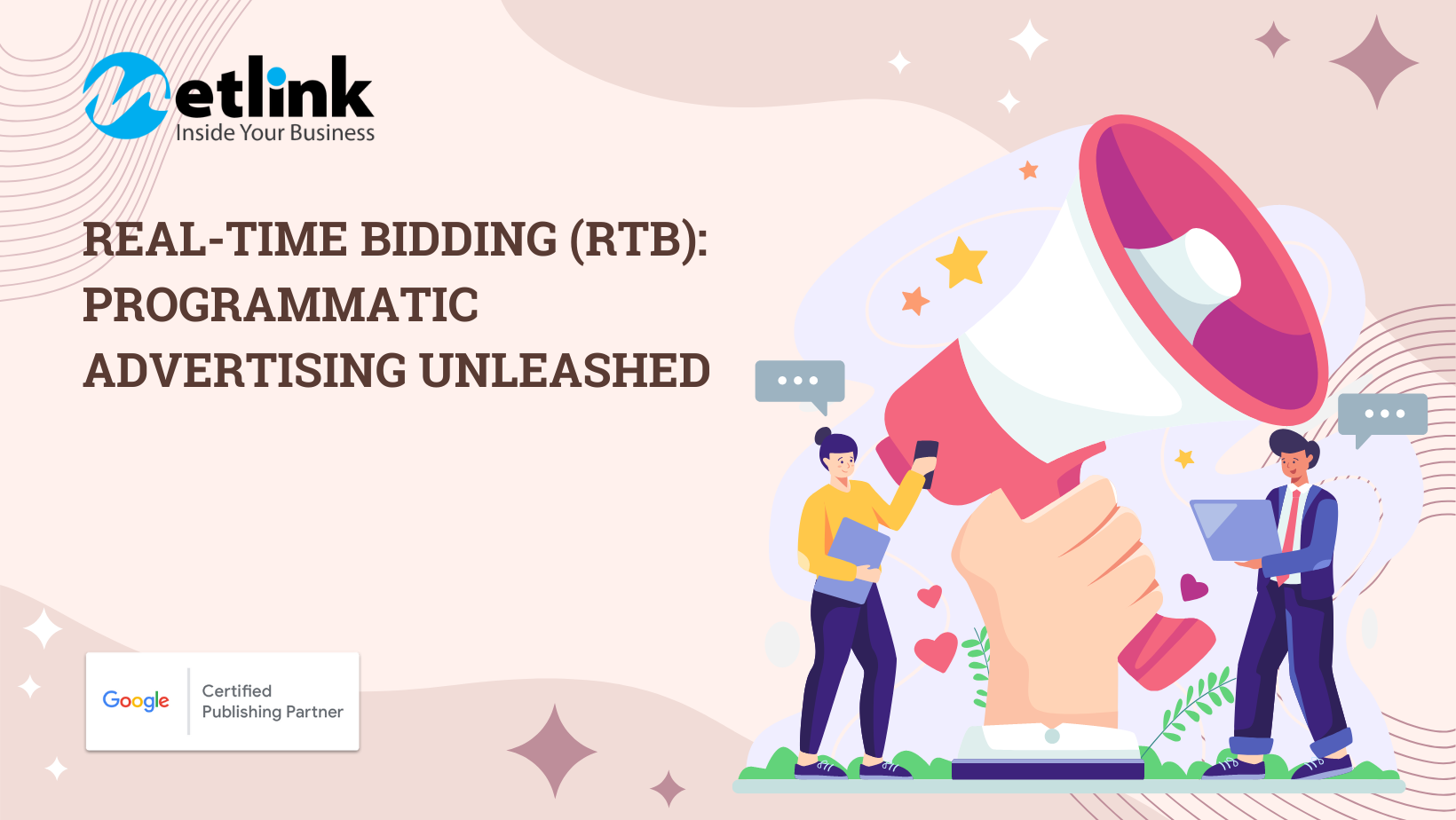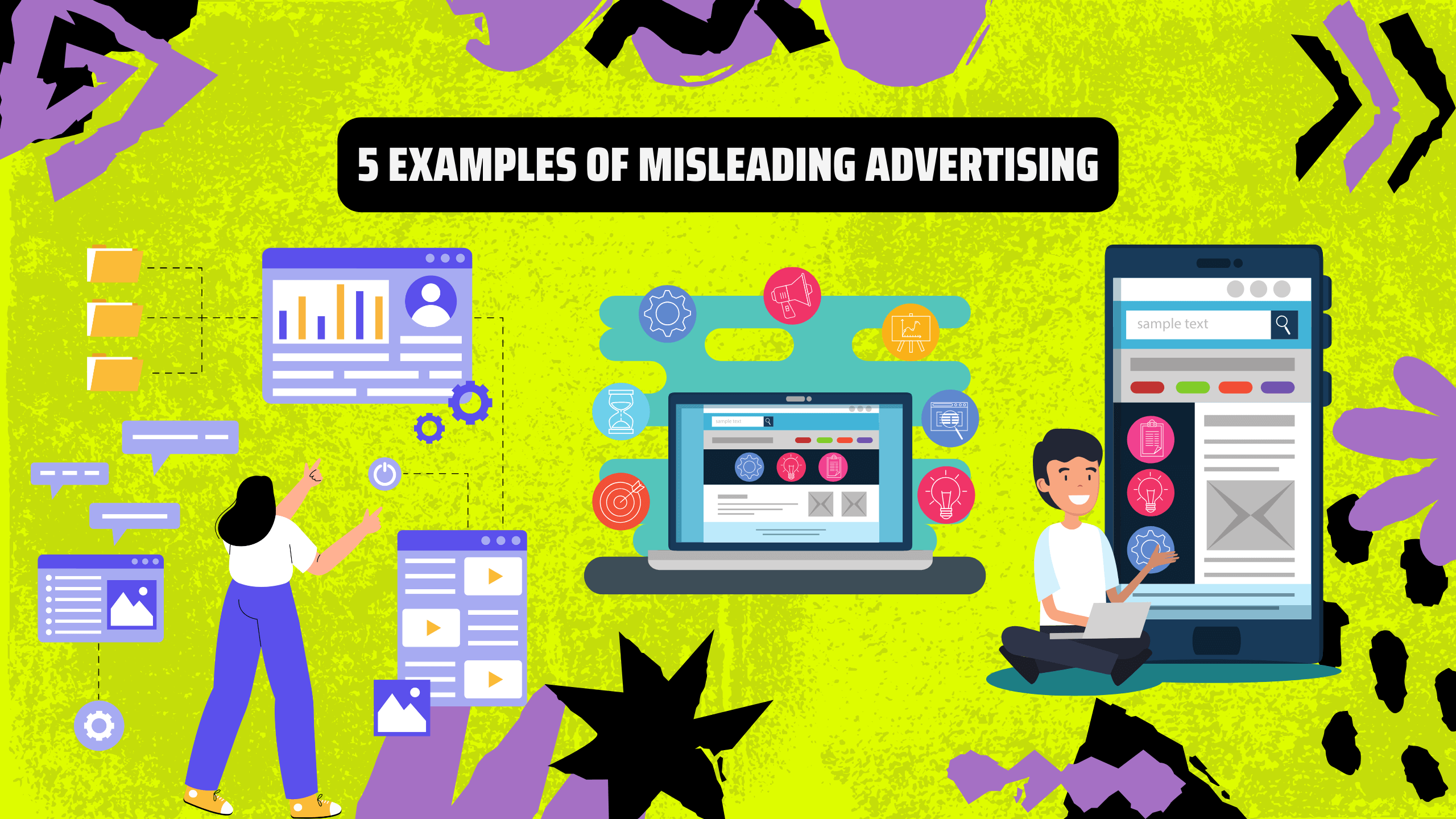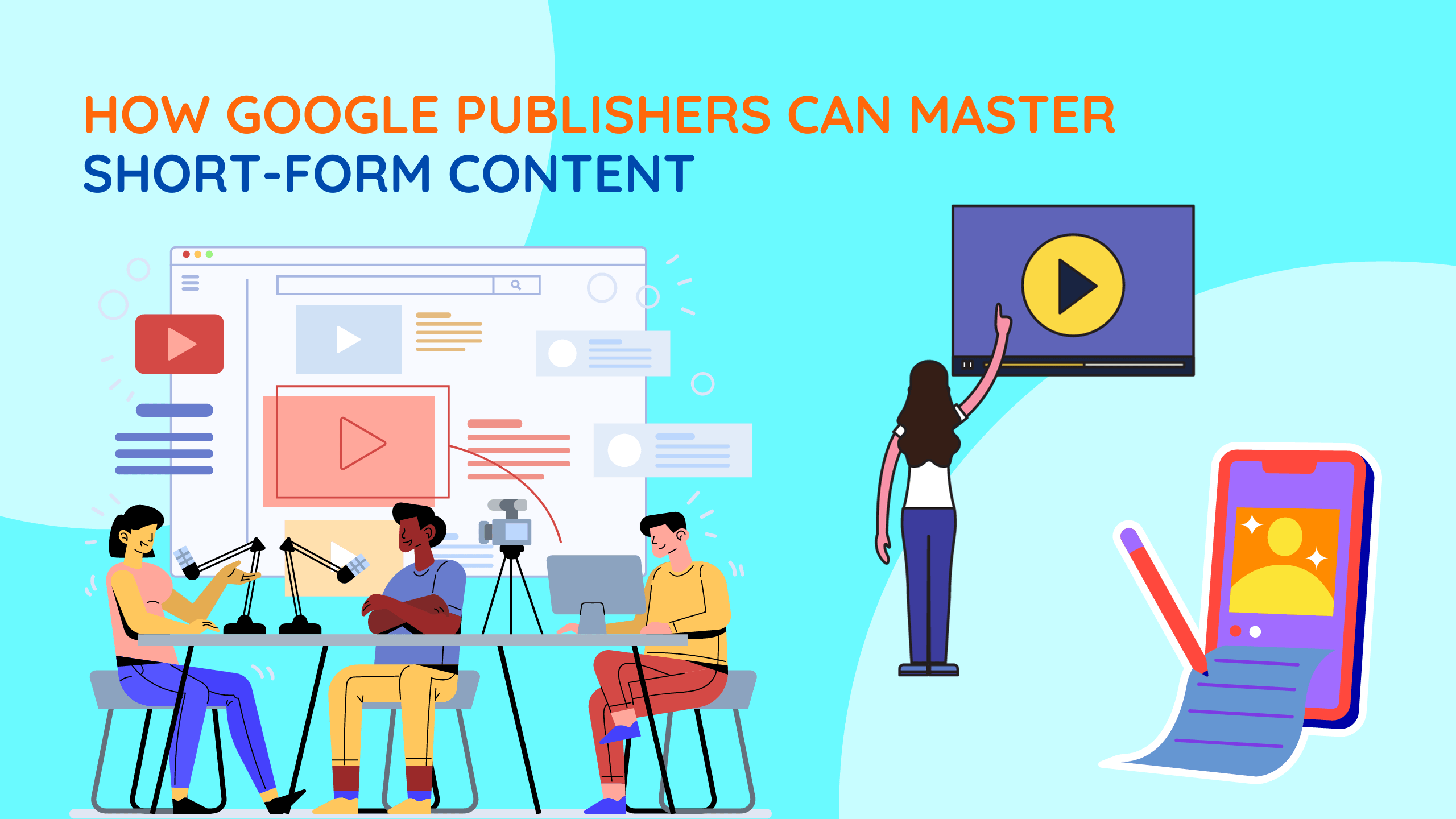In the realm of digital advertising, real-time bidding (RTB) has emerged as a game-changing technology, revolutionizing the way ad impressions are bought and sold. This comprehensive blog explores the intricacies of real-time bidding, its key components, and the significant impact it has on the advertising ecosystem. Discover how RTB empowers advertisers, publishers, and marketers to optimize campaign performance, reach target audiences, and maximize return on investment (ROI) in the fast-paced digital landscape.
I. Understanding Real-Time Bidding:
Real-time bidding is an automated auction-based buying process in which ad impressions are bought and sold in real-time through programmatic advertising platforms. It enables advertisers to bid on available impressions, targeting specific audiences and optimizing campaign performance. Publishers, on the other hand, can monetize their ad inventory by selling impressions to the highest bidder, ensuring efficient ad delivery.
II. Key Components of Real-Time Bidding:
1. Demand-Side Platform (DSP):
DSPs enable advertisers to participate in real-time bidding auctions by providing access to multiple ad exchanges, targeting capabilities, and optimization tools. Advertisers can set parameters, such as audience demographics, behaviour, and ad placement preferences, to reach their target audience effectively.
Read more about demand-side platform
2. Supply-Side Platform (SSP):
SSPs enable publishers to offer their ad inventory to multiple demand sources, including DSPs. They facilitate the auction process by providing real-time information about available impressions, targeting criteria, and bid responses from advertisers.

Read more about supply-side platform.
3. Ad Exchange:
Ad exchanges serve as marketplaces where publishers can make their impressions available for bidding, and advertisers can bid on those impressions in real-time. Ad exchanges match impressions with the highest bidding advertiser, ensuring the most relevant ad is served to the target audience.
4. Data Management Platform (DMP):
DMPs play a crucial role in real-time bidding by collecting and analyzing audience data. By leveraging data insights, advertisers can make informed bidding decisions, ensuring precise targeting and optimization of ad campaigns.
III. Benefits of Real-Time Bidding:
1. Enhanced Targeting Precision:
Real-time bidding allows for precise targeting based on factors such as demographics, behaviour, interests, and context. Advertisers can reach specific audience segments, delivering highly relevant ads that resonate with users and drive engagement.
2. Efficient Campaign Optimization:
With real-time bidding, advertisers can optimize their campaigns on the go. Real-time access to data and performance metrics allows for quick adjustments in bidding strategies, creative elements, and targeting parameters, leading to improved campaign performance.

3. Increased Transparency and Control:
Real-time bidding provides transparency into the ad buying process, allowing advertisers to see the cost, placement, and performance of individual ad impressions. This transparency enables better control over ad spend, ensuring that advertisers can make informed decisions to maximize ROI.
4. Cost Efficiency:
Real-time bidding allows advertisers to bid on impressions in real-time auctions, ensuring competitive pricing. Advertisers have the opportunity to pay the optimal price for impressions, making their ad spending more cost-effective.
IV. Best Practices for Successful Real-Time Bidding:
1. Define Clear Campaign Objectives:
Establish clear and measurable campaign objectives to align bidding strategies with specific goals. Whether it is brand awareness, conversions, or engagement, having well-defined objectives will guide bidding decisions and campaign optimization.
2. Implement Data-Driven Strategies:
Leverage data insights from DMPs and campaign analytics to inform bidding decisions. Analyze performance metrics, audience data, and historical trends to optimize bidding parameters and targeting criteria for maximum campaign success.
3. Monitor and Adjust in Real-Time:
Regularly monitor campaign performance metrics, such as click-through rates, conversion rates, and cost per acquisition. Utilize real-time data to make adjustments to bidding strategies, creative elements, and targeting to maximize campaign effectiveness.

4. Continual Testing and Optimization:
Conduct A/B testing to refine creative elements, messaging, and landing pages. Continually test and optimize bidding strategies, ad formats, and targeting criteria to identify the most effective combinations that drive desired results.
V. Challenges and Considerations:
Real-time bidding (RTB) in programmatic advertising brings along its own set of challenges and considerations that advertisers need to address for successful campaign management.
1. Ad Fraud: Ad fraud remains a persistent challenge in the digital advertising ecosystem, and RTB is not immune to it. Advertisers must be vigilant and employ fraud prevention measures such as ad verification tools, monitoring for suspicious activity, and working with trusted partners to mitigate the risks associated with ad fraud.
2. Brand Safety: Ensuring brand safety is crucial in programmatic advertising. Advertisers need to carefully curate the environments in which their ads appear, avoiding placements on websites or alongside content that could potentially harm their brand reputation. Implementing brand safety tools and establishing clear guidelines can help minimize the risk of brand safety issues.

3. Ad Viewability: Ad viewability refers to the measurement of whether an ad is actually seen by users. Advertisers need to ensure that their ads are viewable and have the opportunity to make an impact. Monitoring viewability metrics and optimizing ad placements accordingly can help improve ad viewability rates and campaign effectiveness.
VI. Future Trends and Implications:
The future of real-time bidding (RTB) in programmatic advertising is shaped by emerging trends and technologies that will continue to transform the industry. Here are some key trends to watch out for:
1. Artificial Intelligence (AI) and Machine Learning (ML): AI and ML technologies are revolutionizing programmatic advertising. These advancements enable sophisticated algorithms that can analyze vast amounts of data in real time, leading to improved targeting precision, optimization, and personalized ad experiences.
2. Advanced Audience Segmentation: As data collection and analysis capabilities improve, advertisers can expect more refined audience segmentation. This allows for highly granular targeting, enabling advertisers to reach niche audiences with tailored messages and experiences.

3. Privacy Regulations and Data Protection: Privacy regulations, such as the General Data Protection Regulation (GDPR) and California Consumer Privacy Act (CCPA), are reshaping the data landscape. Advertisers must ensure compliance with these regulations, prioritize user consent mechanisms, and adopt privacy-focused practices while still delivering relevant and effective ads.
4. Contextual Advertising: With the increasing emphasis on user privacy, contextual advertising is gaining prominence. By focusing on the context of content rather than individual user data, advertisers can deliver targeted ads without relying heavily on personal information, addressing privacy concerns while still reaching relevant audiences.
5. Connected TV (CTV) and Streaming Platforms: The rise of connected TV and streaming platforms presents new opportunities for programmatic advertising. Advertisers can leverage RTB to reach audiences on these platforms, delivering personalized and engaging ads during streaming content.
Conclusion:
While real-time bidding presents challenges such as ad fraud and brand safety, advertisers can address these concerns through fraud prevention measures and careful brand curation. Looking ahead, the future of RTB in programmatic advertising is marked by advancements in AI, ML, refined audience segmentation, privacy regulations, contextual advertising, and the growing presence of CTV and streaming platforms. Advertisers who stay ahead of these trends and adapt to the changing landscape will be well-positioned to drive successful programmatic advertising campaigns.











